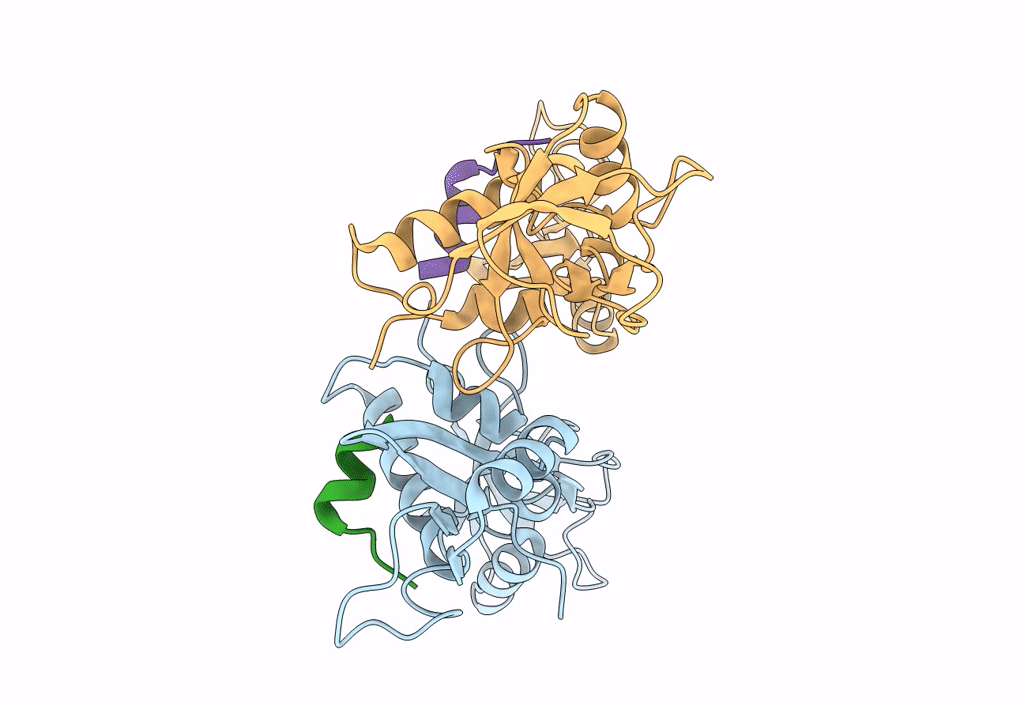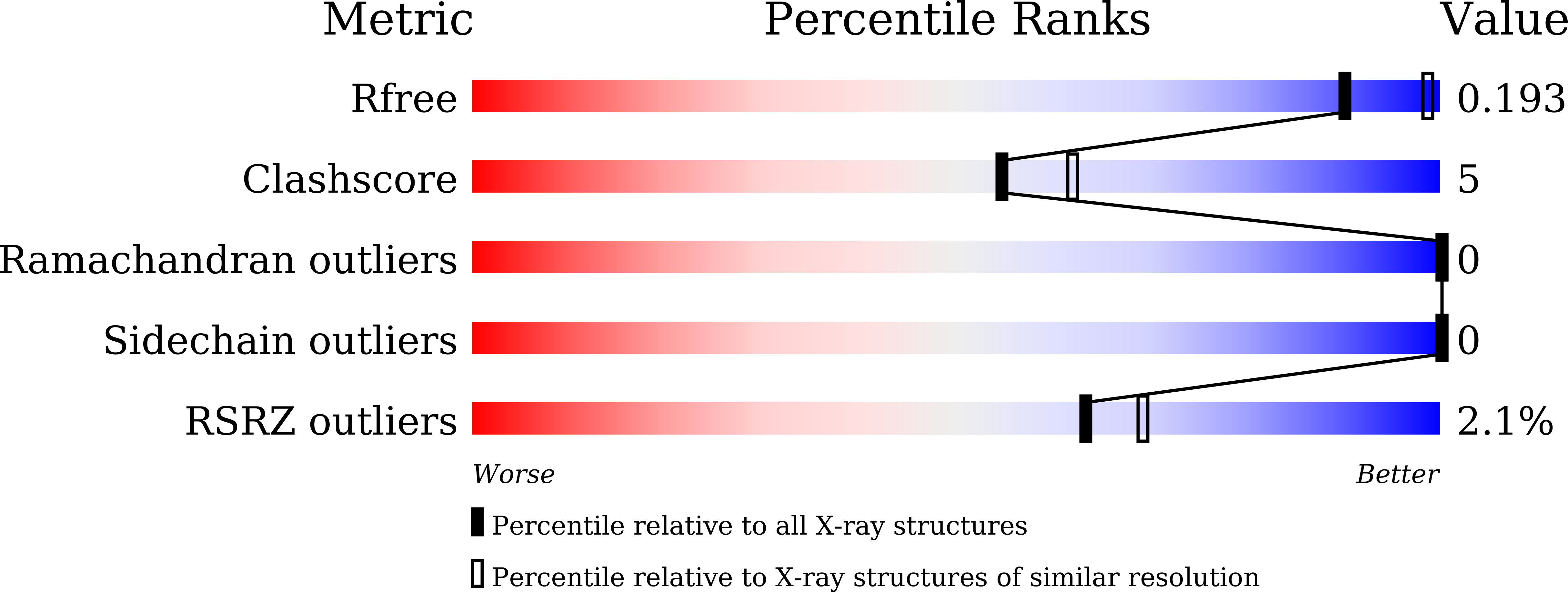
Deposition Date
2022-07-22
Release Date
2023-08-02
Last Version Date
2024-10-23
Entry Detail
PDB ID:
7YKF
Keywords:
Title:
Crystal structure of MAGI2 PDZ0-GK/pEphexin4 complex
Biological Source:
Source Organism:
Mus musculus (Taxon ID: 10090)
Host Organism:
Method Details:
Experimental Method:
Resolution:
2.28 Å
R-Value Free:
0.23
R-Value Work:
0.18
R-Value Observed:
0.18
Space Group:
P 1


